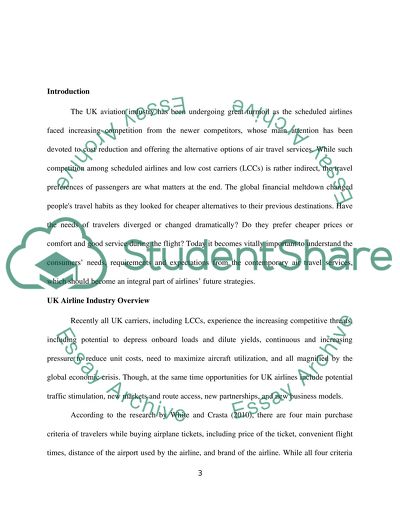Cite this document
(“Portfolio Assignment Example | Topics and Well Written Essays - 2500 words”, n.d.)
Retrieved from https://studentshare.org/family-consumer-science/1419202-portfolio
Retrieved from https://studentshare.org/family-consumer-science/1419202-portfolio
(Portfolio Assignment Example | Topics and Well Written Essays - 2500 Words)
https://studentshare.org/family-consumer-science/1419202-portfolio.
https://studentshare.org/family-consumer-science/1419202-portfolio.
“Portfolio Assignment Example | Topics and Well Written Essays - 2500 Words”, n.d. https://studentshare.org/family-consumer-science/1419202-portfolio.


